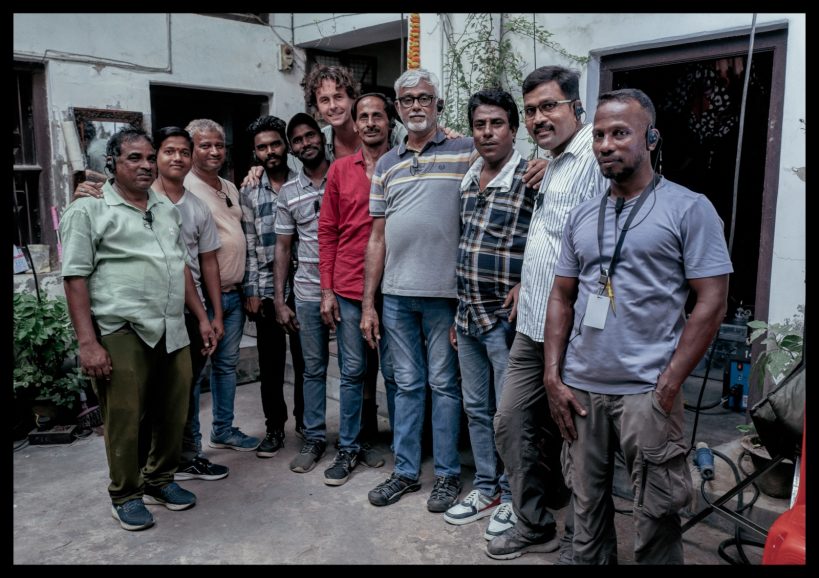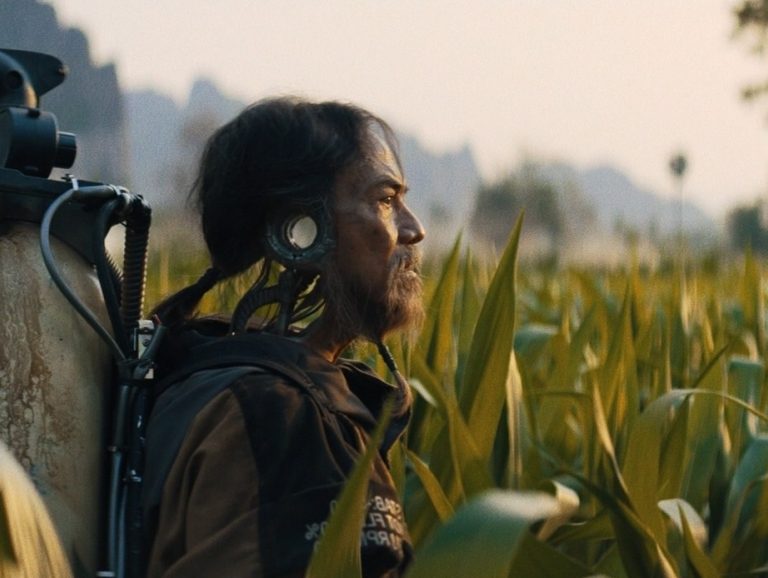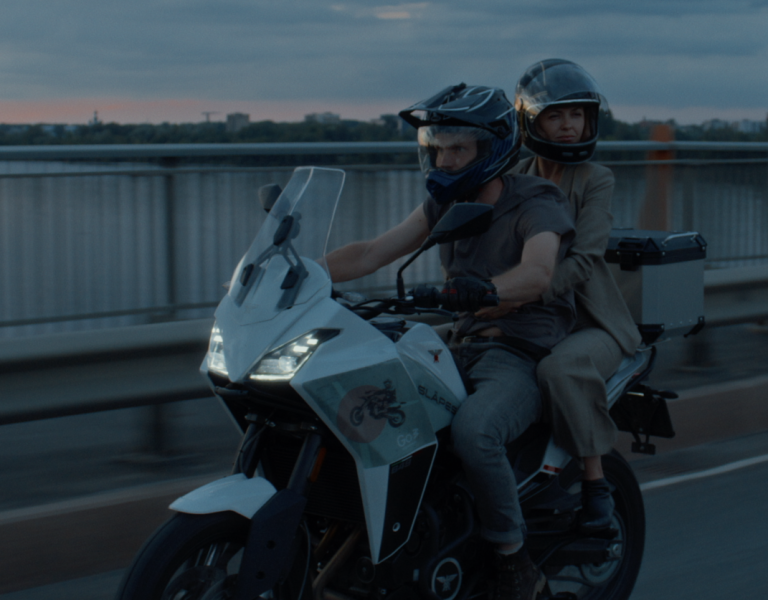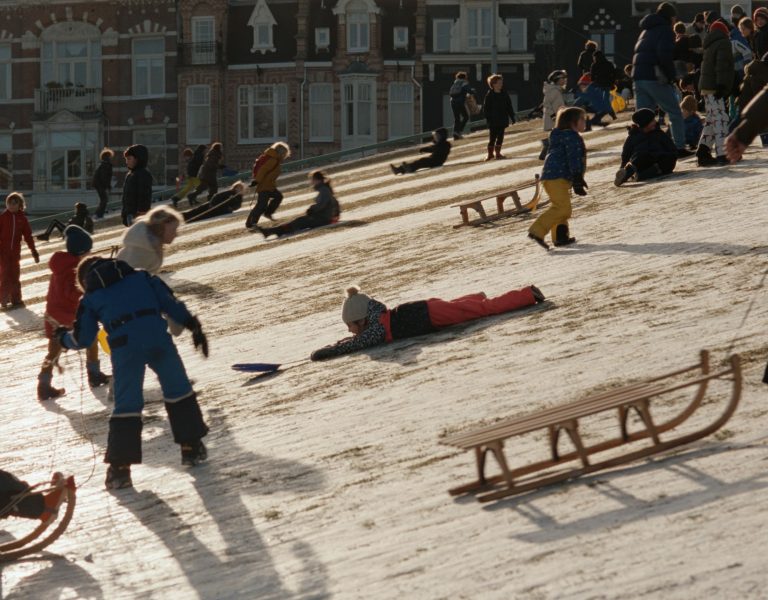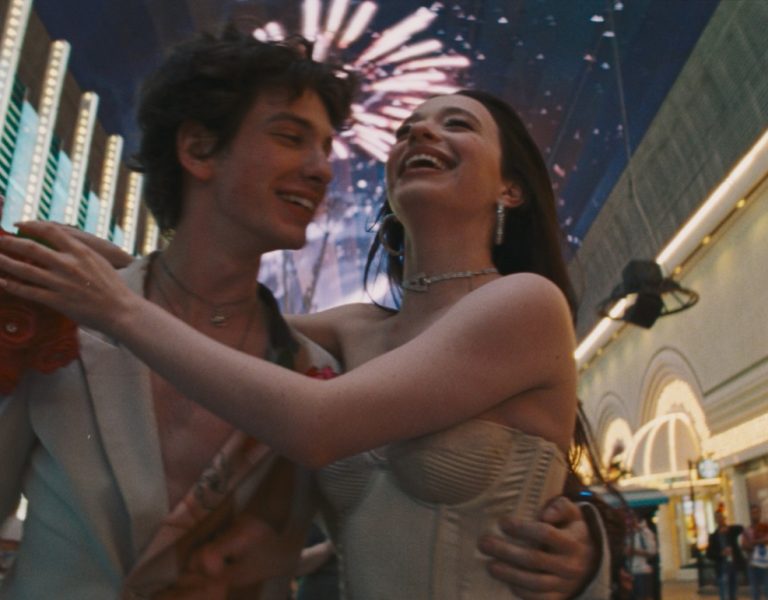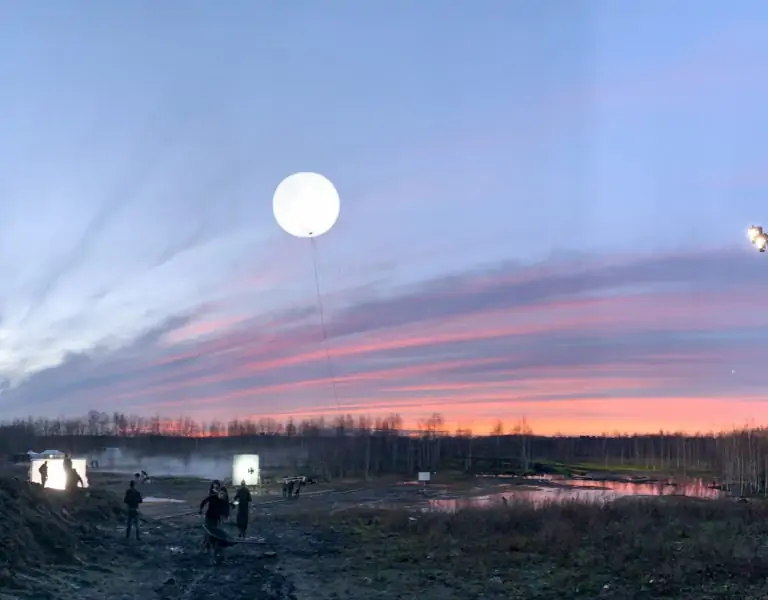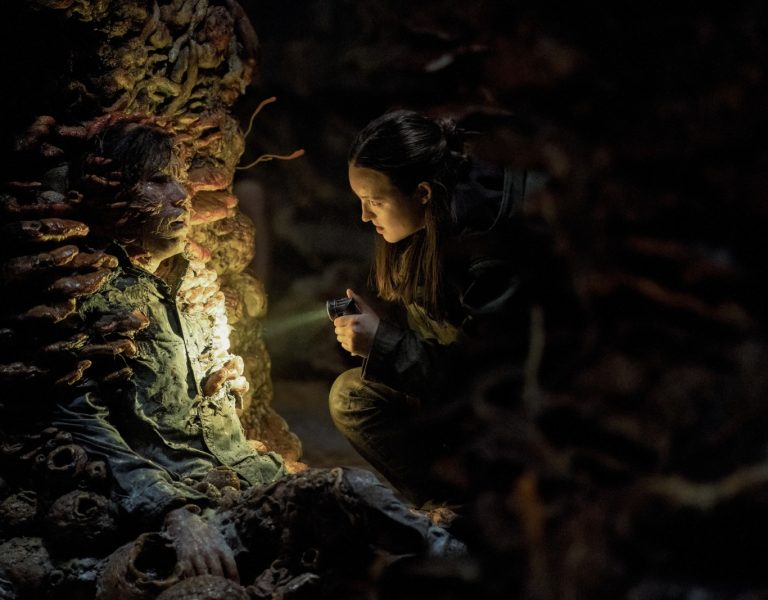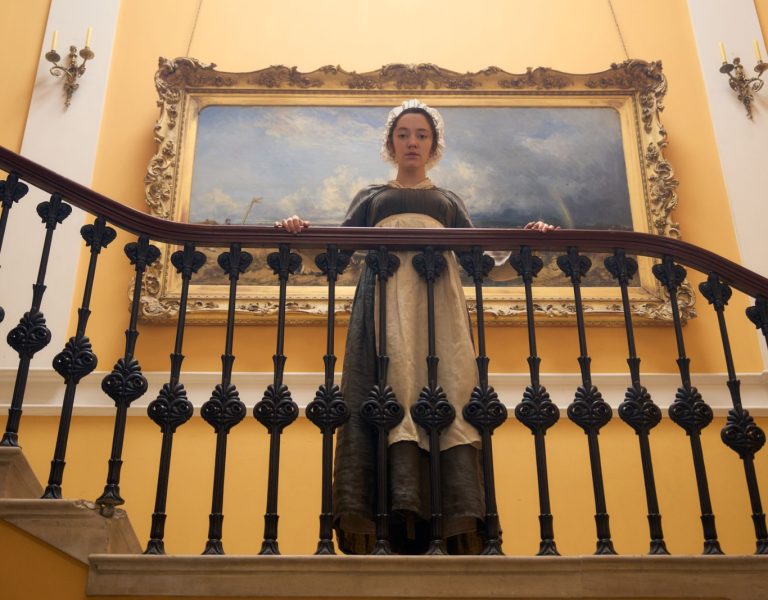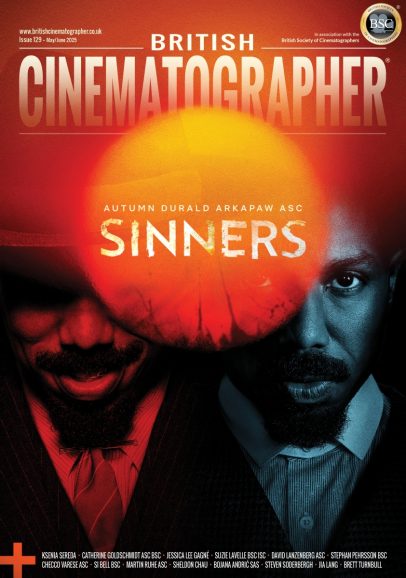FEELING THE HEAT
Director Sandhya Suri and cinematographer Lennert Hillege NSC overcame 48°C heat in rural India, collaborating to craft a powerful narrative.
First, let’s address any questions about this being the third consecutive feature on Indian filmmaking in as many issues. It’s not. This time, the spotlight is on a specific film that has garnered substantial international support. Set in rural India, Santosh is a Hindi-language crime drama directed by Sandhya Suri and starring Shahana Goswami in the titular role. The film follows a 28-year-old woman who, after becoming a widow, steps into her late husband’s role as a police officer and is assigned to investigate the murder of a young girl.
What’s more, the project is a co-production between the United Kingdom, India, Germany, and France, with an impressive roster of collaborators, including Good Chaos, Haut et Court, BBC Film, ZDF, Arte, Suitable Pictures, Razor Films Produktion and the British Film Institute.
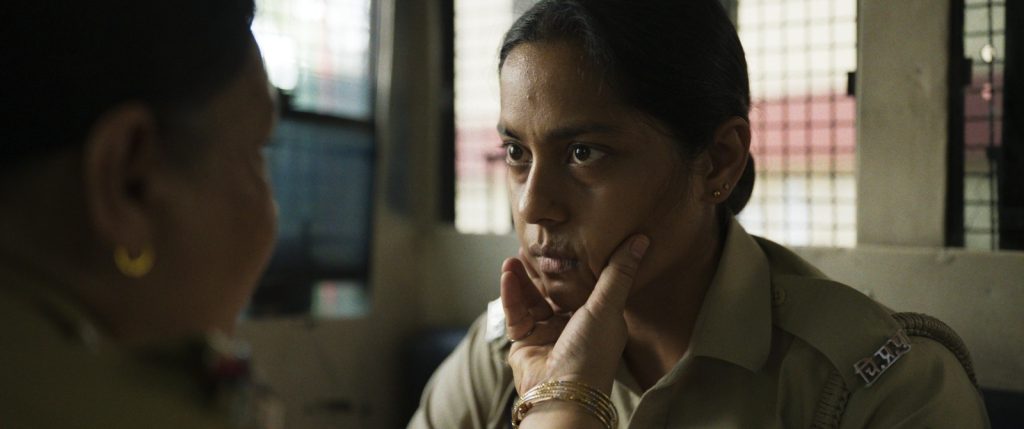
The film marks Suri’s bold transition to feature filmmaking after a distinguished career in documentaries. It premiered globally in the Un Certain Regard section at the 77th Cannes Film Festival in 2024 and was later screened at Camerimage in Poland that November, where she won the Golden Frog in the Directors’ Debuts Competition. Santosh was released in Indian cinemas in January 2025.
Suri enlisted DP Lennert Hillege NSC, whose work she was drawn to “in a visceral sense,” believing he was the perfect fit for the project.
“I knew it was going to be a film with a strong sense of immersion in India,” she says. “It was my first time working in fiction and I was also making a genre film. So, I was very keen for it to be detailed, authentic and to stand apart from the countless cop films that come out of India, as well as those on streaming platforms. There was a boldness and sensitivity I’d seen in Can Go Through Skin (2009), which Lennert shot on 16mm and I really loved the film.”
Suri began working on the production in 2016 and although securing financing was a struggle, it wasn’t the reason the film took so long to shoot.
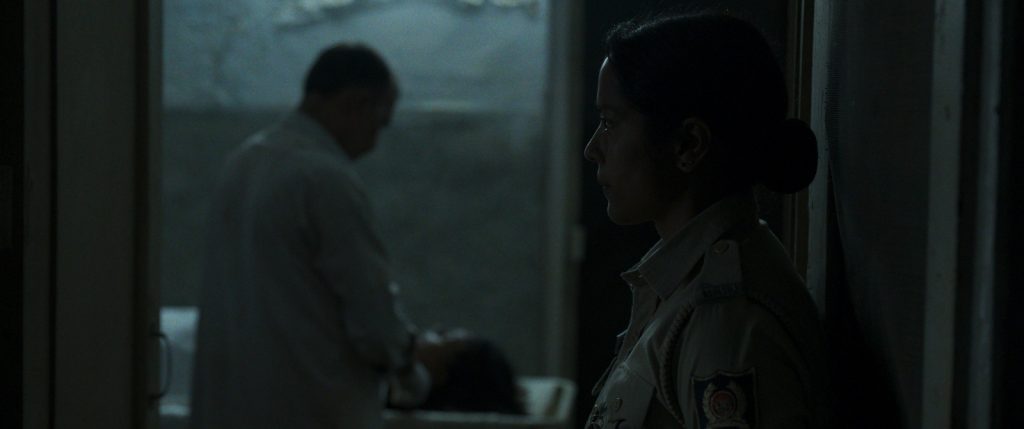
She explains that to direct with confidence, she needed access to the police, as she “didn’t feel” she could capture the film’s essence without truly immersing herself in the details. This process took time, partly because it was her first attempt at fiction and she believed making a short film first was necessary to test her ability. Plus, there was the challenge of COVID to contend with.
“I was trying to make a documentary about violence against women for many years—I was working with NGOs—but I found that making that documentary felt too direct and too horrific, actually,” she says. “So I wanted to get inside the violence somehow and find a way to tell the story. The idea for the film came from one image of that horrible case in Delhi in 2012, when a woman was gang-raped on a bus, sparking huge nationwide protests. There were two protesters standing opposite a policewoman. The women were very angry, but the policewoman had a very interesting expression on her face, and I thought, ‘She’s the one to tell the story.’ Who is she? She’s there, but she’s not there. She has power, yet she doesn’t have power.”
Then Suri found out about the government scheme in India where a woman can inherit her husband’s job, “which is obviously very interesting” in a fiction story. “I was also stepping into the world of genre, and I was very nervous,” she continues. “Even during the writing process, I went to the Sundance labs and had some amazing writers mentoring me. Some of them were big on procedurals, so they gave me lots of plots and clues. Quite early on, I realised there are people who can do that better than me. So my job should be to create as much space as possible for Santosh—her interior feelings, her relationship with Shanaha—and to keep the plot at a bare minimum.”
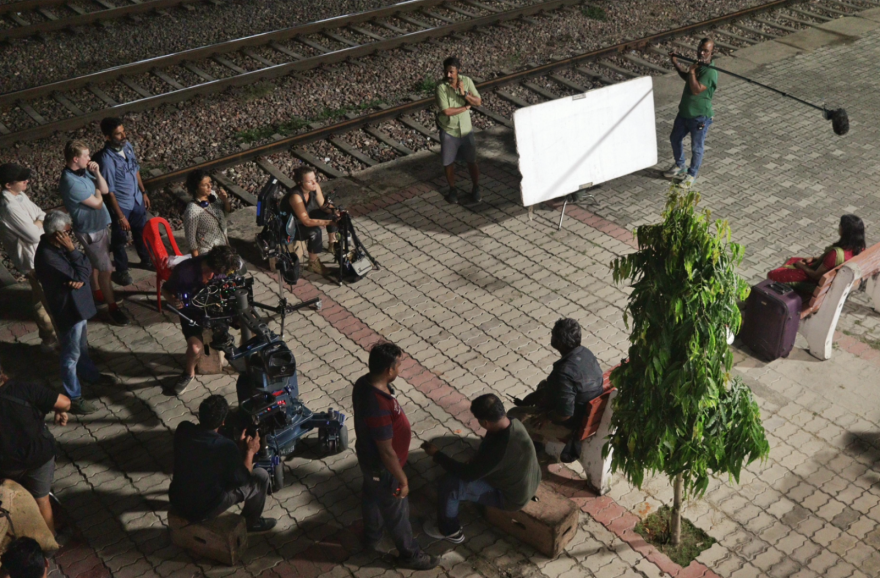
This wasn’t just new territory for the director. Hillege has built his career shooting in and around the Netherlands, having previously worked on The Forgotten Battle and more recently, Steve McQueen’s Occupied City.
“As soon as I started to go international, COVID hit, followed by the strikes,” he says. “Everything came to a standstill. I told my agent, ‘Give me the project with the most adventure, far from home, something not everyone would want to do.’ There were a few options, but when I read this script, I immediately said yes. With Sandhya’s documentary background, we aimed for the film to maintain simplicity and avoid unnecessary layers. This approach gave us the freedom to make mistakes and explore.”
Hillege knew he didn’t want a romantic look, so he deliberately avoided older lenses and instead opted for a tried-and-tested approach.
‘It was already so chaotic in India, and I had very little prep,’ Hillege explains. ‘Plus, I was already shooting a lot on the Alexa LF, so I felt comfortable bringing that camera into such a remote location, especially since we were far from technical support. To ensure a clean setup, we ended up using the Signature Primes. It was the safest technical option—providing a clean setup with the full-frame chip.’”
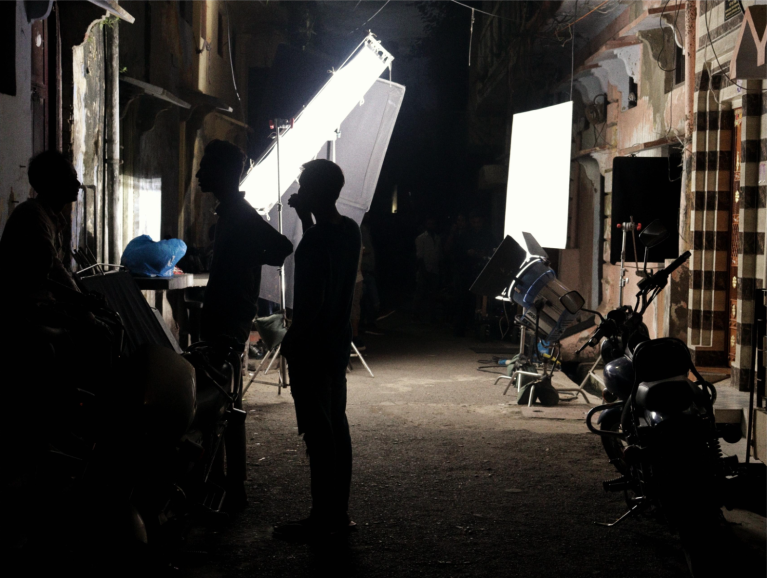
Hillege says Indian crews ‘still have their feet in many areas’ when it comes to lighting equipment, remaining agnostic and embracing a broad range of gear.
“We primarily used traditional light sources, such as tungsten, along with local options like fluorescents and bulbs, as well as HMIs and LEDs – Astera lights and Creamsource Vortex8 were frequently used,” he explains. “I aimed to organise the lighting to be dramatic, but not to the point where it turned into a film noir. While the movie contains various genre elements, we didn’t want to emphasise them. Our goal was to create a sense of harsh reality, which I feel isn’t often seen. Of course, many filmmakers do this, but for me, it was a refreshing way to approach things.”
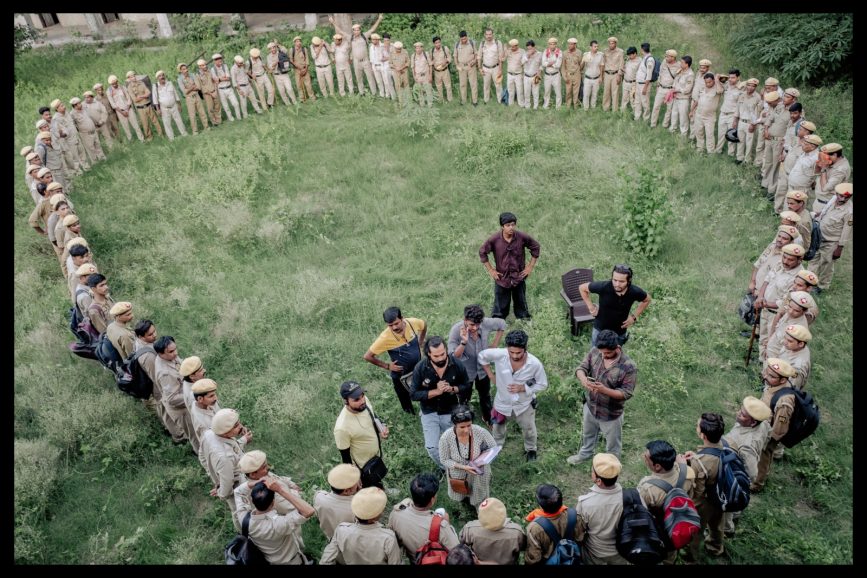
Indian crews are renowned for working six-day weeks and while Hillege respects the work ethic, it left little time for rest.
“Filmmaking is never an easy ride and if it is, you should be worried,” he continues, “It was challenging to keep the creative side alive without letting the production or technical side take over. With a first-time (feature film) director, there’s also a need for more time—more time to prep, to visualise things together and to be ready to adapt to the director’s vision or language. That was the biggest challenge: understanding that. On the plus side, the large crew meant there were up to four dolly grips available, so when I got tired, they could switch them out. They were prepared for the long six-day shooting schedule, but the pace and isolation were intense. Creatively, it was difficult to keep up with the demands and the constant production changes. We barely had time to watch dailies and assess what worked or didn’t. The movie itself was fairly straightforward. We shot everything with one camera, one grip truck and one lighting truck. We occasionally switched out some lighting heads for specific locations or larger setups, but overall, we had enough people and equipment for a solid, basic shooting setup. Still, the key was to be ready for the constant changes. Creatively, though, it was tough to keep up.”
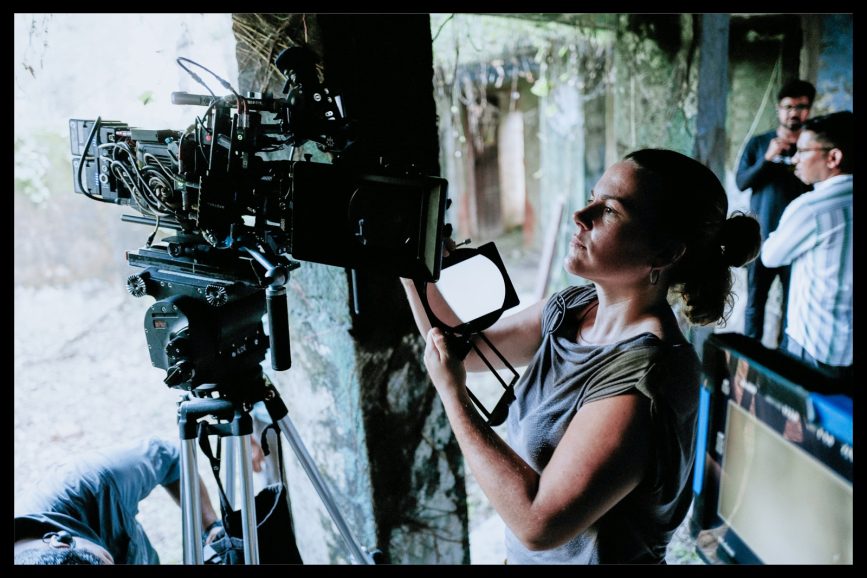
The film was shot in multiple locations within one part of the country, and the travel, along with high temperatures, contributed to the growing fatigue over the 42-day shoot.
“That’s actually not very long for a feature film – I even shot some in 24 days – but every location on Santosh was a two-hour drive from the hotel near Lucknow, the capital of Uttar Pradesh. “You’re basically already tired before you’re on set and then you still have to do the work. The director and I basically prepped the whole movie in that two-hour drive. However, it was often a two-hour chaotic death ride with short moments of peace.”
If that wasn’t enough, the team had to had to contend with intense heat. “It was 48°C at one point and people kept saying, ‘It’s going to get cooler next week,’ but it didn’t happen,” Hillege recalls. “If it was below 37°C, it felt like a cool day. I can’t remember many days that were cooler than body temperature and with the humidity, it was hard to cool down. We all face challenges on film sets and I’ve been in tough situations, but this was one for the books.”
